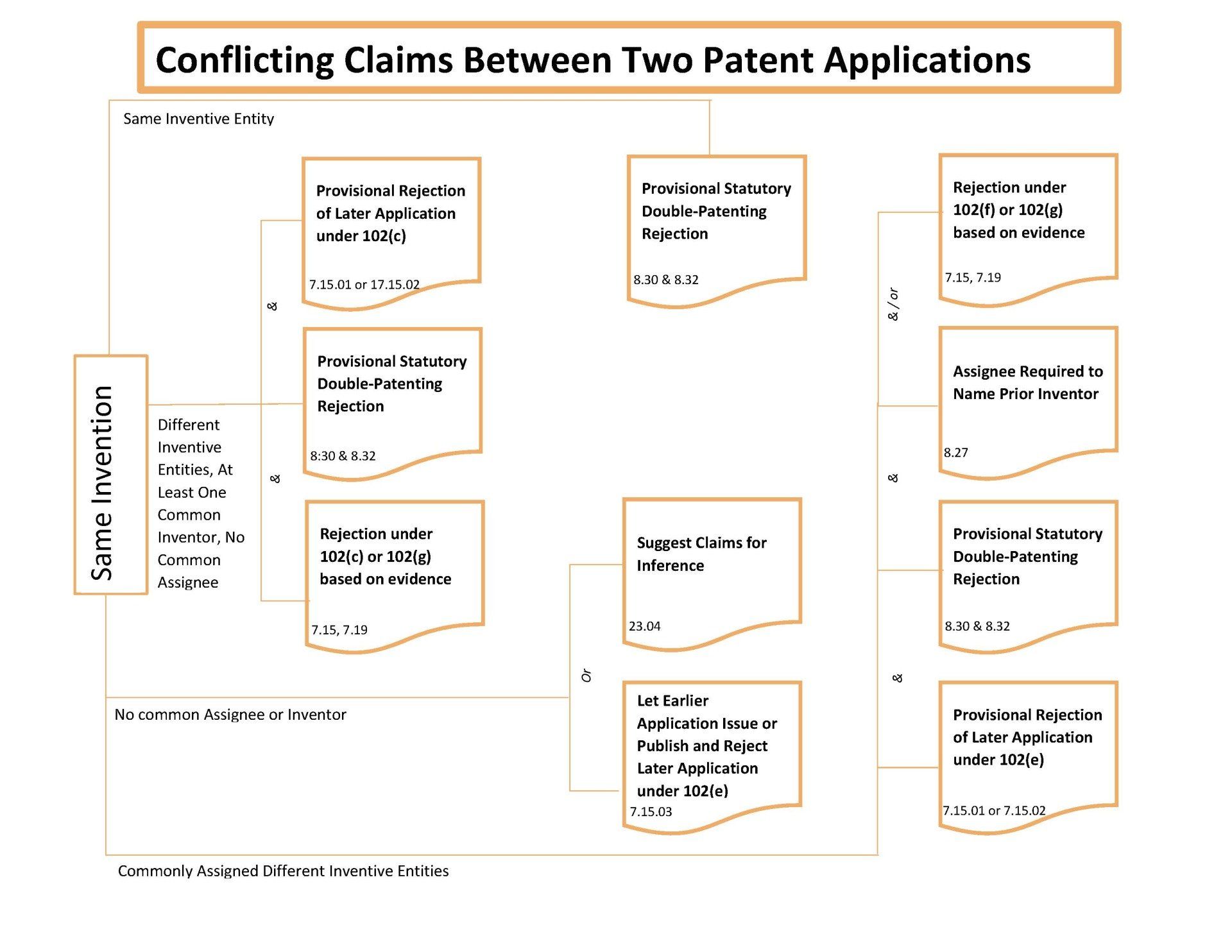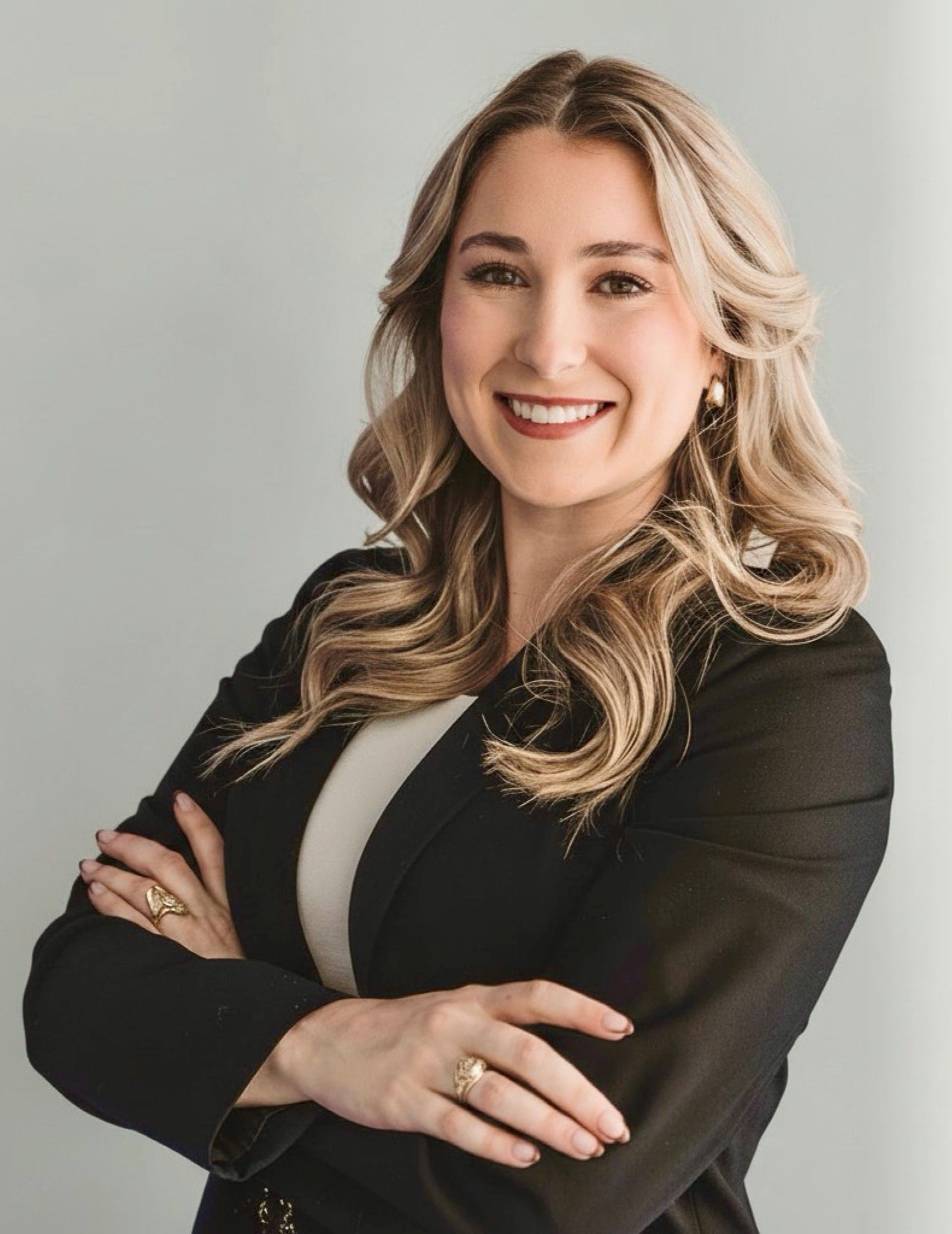DOUBLE PATENTING ISSUES FOR PATENT APPLICATIONS
A double patenting rejection can arise between two or more pending applications, or between pending applications and a patent.
CONFLICTING CLAIMS & DOUBLE PATENTING
Double Patenting Issues
Double patenting issues arise when two or more pending applications, or one or more pending applications and a patent, share claims which are identical in scope. A double patenting may also occurring during the patent reexamination process between the reexamined patent claims and the claims of one or more applications and/or patents. Often, filing a terminal disclaimer, or filing a showing that the claims subject to the rejection are patentably distinct over the other application’s or patent's claims, will be required to overcome any double patenting rejection issued by the patent office. Our Dallas patent lawyers assist clients in preparing, searching, and filing U.S. patents. Our patent attorneys are licensed with the United States Patent & Trademark Office and work in the specialty field of law governing intellectual property. For more information on the preparing utility patents, see our Patent Registration page.
What Is A Terminal Disclaimer?
A terminal disclaimer is a statement in which a patentee or patent applicant dedicates to the public the entire patent term, or a portion of the patent term, for any part of the term of a patent or patent to be granted (i.e. patent application). This disclaimer is a statement generally filed by an owner of a patent or patent application, and such disclaimer states that the owner relinquishes certain legal rights in and to the patent in return for allowing the patent or patents to issue. Statutory and terminal disclaimers often occur in the following instances:
- A patent owner may discretionary disclaim any complete claim or partial claims in a patent;
- A patent applicant may disclaim or dedicate to the public the entire term, or any partial patent term, of a patent to be granted;
- A patent owner or applicant may file a terminal disclaimer when it is necessary to avoid a judicially created double patenting issues in a patent application or in a reexamination proceeding; and
- A patent owner or applicant may file a terminal disclaimer in a patent application or in a reexamination proceeding to obviate double patenting based upon a a prior-art rejections using a patent or application that is not commonly owned.
Terminal disclaimers are used to avoid double patenting rejections from patent examiners.
Additional Double Patenting Focus
Double patenting is when two or more pending applications, or one or more pending applications and a patent, have claims which are identical in scope. Effectively, double patenting would result in the granting of two patents for a single invention to the same inventor, and the United States Patent & Trademark Office (USPTO) does not allow double patenting. Double patenting issues often arise in reexamination proceedings between the patent claims being reexamined and the claims of one or more applications and/or patent, including international applications which have entered the national stage in the United States. Below are examples of instances where double patenting issues can arise:
- Between One or More Applications and An Issued Patent: Double patenting can occur between an issued patent and an application filed by the same inventor, a different inventor with a common inventor, a common applicant, or a common owner and/or assignee; and
- Between Co-pending Applications—Provisional Rejections: If an
examiner becomes aware of two or more co-pending patent applications that were filed by the same inventor, a different inventor having a common inventor, a common applicant, or a common owner and/or assignee, or that claim an invention resulting from activities undertaken within the scope of a joint research effort as defined in 35 U.S.C. 102(c) or pre-AIA 35 U.S.C. 103(c)(2) and (3), that would invoke a double patenting rejection from the examiner. Often, when the patent examiner can address double patenting issues without violating the confidential status of applications (35 U.S.C. 122), a patent examiner may make an applicant aware of the potential double patenting problem and make a “provisional” rejection on the grounds of double patenting.
CLIENT MATTERS
5,000+
YEARS OF SERVICE
25+
Award Winning
Recognized in the legal industry as dedicated board-certified lawyers and Rising Stars.
Expert Team
Your project will be handled by legal experts every time. You will have the most experienced attorneys working for you.












